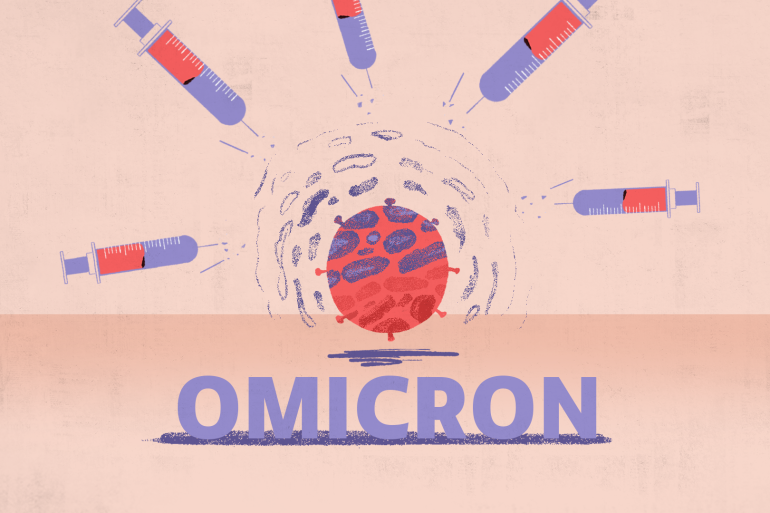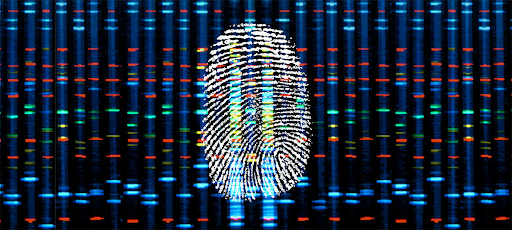An Introduction to the Omicron Variant
Covid-19 cases continue to surge after holiday travel and the rapid spread of the highly contagious Omicron variant
When we saw the first surge of Covid-19 cases in early 2020, I think it’s fair to say that most of us didn’t expect that the same thing would happen again two years later. While scientists have developed vaccines to prevent cases from becoming too severe, on January 10, 2022, the number of new cases in the United States reached a record high: 1,433,977. While holiday vacations and a recent surge in travel contributed to this influx of cases, the Omicron variant also played a large role.
Just like we have learned to adapt to this pandemic-era world, the virus has mutated to become more effective. Viruses constantly undergo mutations, and these often lead to new variants of the virus, such as the Delta and Omicron variants.
Omicron was first detected in South Africa on November 24, 2021. It was classified as a variant when one of the original target genes was not detected. The virus has about 50 genetic mutations, and 36 of those mutations allow the virus to attach to human body cells and infect them. If you’ve seen an up-close picture of the Covid-19 virus, you’ll notice that it’s covered in a bunch of little spikes. The spikes are made up of three intertwined proteins, and each of these proteins has three main regions: the receptor-binding domain (RBD), the N-terminal domain, and the furin cleavage site (FCS). Each region contributes to the three aspects of the virus: transmissibility, immunity, and severity. The N679K mutation in the furin cleavage site is what raises the most concern for scientists as it appears to be responsible for the high transmissibility of Omicron.
The most important difference between Omicron and the original Covid-19 strain is how easily it spreads. Spending just a few minutes with someone that has the virus could result in infection (I would know). Omicron still causes the same symptoms as the original virus. However, medical professionals have noted the lack of taste or smell, a common symptom for Delta and the original, has not been present in most Omicron cases. The symptoms vary from person to person, so if you have been in close contact with someone who has Covid-19, it’s important to get tested as soon as possible. The most infectious period of the virus is two to three days before the onset of symptoms.
Scientists are recommending that those who have been vaccinated more than five months ago receive a booster shot and that everyone aged 5 or older get the vaccine today. As the virus continues to change and adapt, it’s important that we continue to wear a mask and stay socially distanced.
Erica Brown ‘22, Co-Editor-in-Chief










